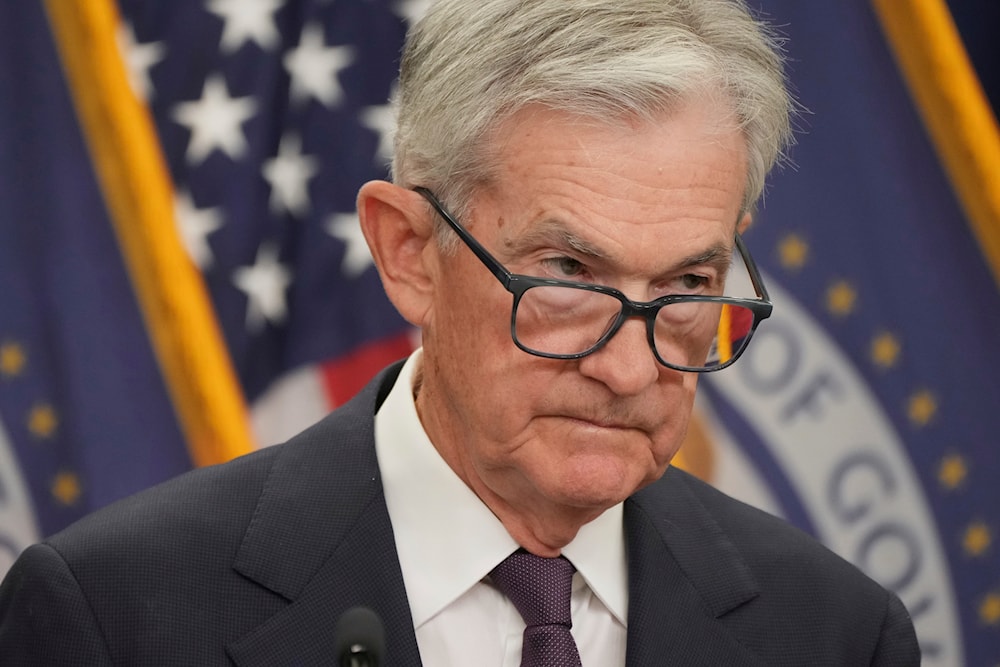US Federal Reserve lowers interest rates for first time in 2025
The US Federal Reserve cut interest rates for the first time since December, lowering its benchmark to 4%–4.25% amid a weakening labor market, political pressure from Trump.
-

United States Federal Reserve Chairman Jerome Powell speaks during a news conference following the Federal Open Market Committee meeting, on September 17, 2025, at the Federal Reserve Board Building in Washington. (AP)
The United States Federal Reserve cut its benchmark interest rate on Wednesday by a quarter point to a range of 4%–4.25%, marking the first rate reduction since December 2024.
The decision, supported by most of President Donald Trump’s appointees at the central bank, came amid growing concerns over a cooling labor market. Policymakers signaled that further cuts could follow later this year if employment conditions continue to deteriorate.
Only one dissent was recorded: newly seated board member Stephen Miran, who favored a more aggressive half-point cut. Miran, confirmed just a day earlier, is on leave from his post as chair of the White House Council of Economic Advisors.
Fed independence in question
The move comes at a moment of political and legal turbulence for the Fed. Trump has openly pressured the Fed for deeper rate cuts, and is currently pursuing legal action to remove Governor Lisa Cook from the board. The Senate also recently confirmed Miran, a close Trump ally, to fill a vacant seat.
Analysts say the developments amount to an unprecedented test of the Fed’s independence, which may undermine its standing in global markets.
Read more: FT: How government debt is challenging central bank independence
Mixed market reaction
Wall Street welcomed the cut. The Dow Jones rose 450 points, or 1%, in afternoon trading, while the S&P 500 gained slightly. The Nasdaq slipped 0.3% amid tech-sector weakness. Treasury yields fell as investors rushed into bonds, with the 10-year yield dropping below 4%.
The dollar weakened modestly, sliding 0.15% against a basket of major currencies.
Powell warns housing crisis runs deeper
Fed Chair Jerome Powell cautioned that the cut would not solve America’s housing crisis. He noted that while lower rates could ease mortgage borrowing costs, the average 30-year fixed mortgage rate currently stands at 6.35%, and structural shortages of housing supply remain a major obstacle.
“There’s a deeper problem here, that’s not a cyclical problem that the Fed can address,” Powell said. “A lot of places in the country just don’t have enough housing for people.”
The September cut is the first under Trump’s second term, ending a nine-month pause in monetary policy adjustments. Fed officials had previously held rates steady to observe the impact of Trump’s tariffs and economic policies, despite strong pressure from the White House for immediate cuts.
Read more: Appeals Court halts Trump’s bid to oust Fed Governor Lisa Cook

 3 Min Read
3 Min Read










